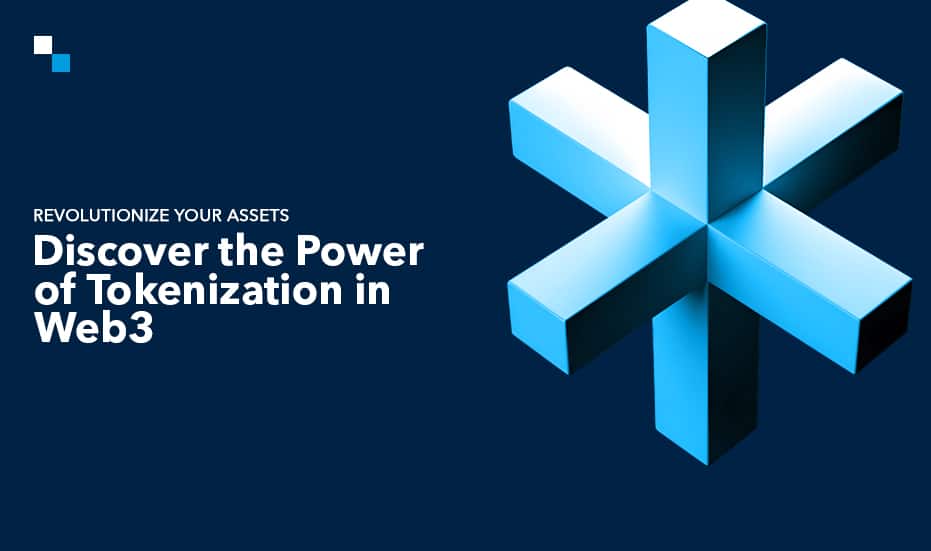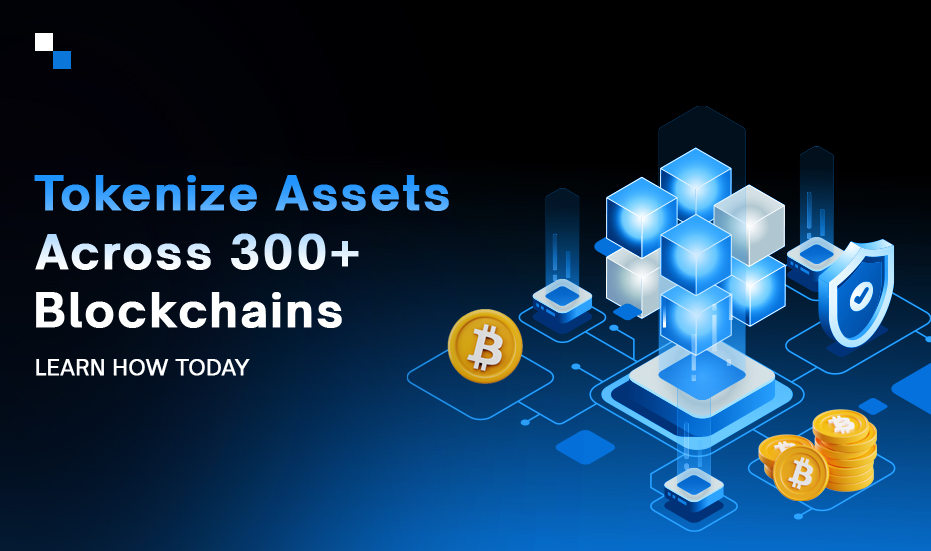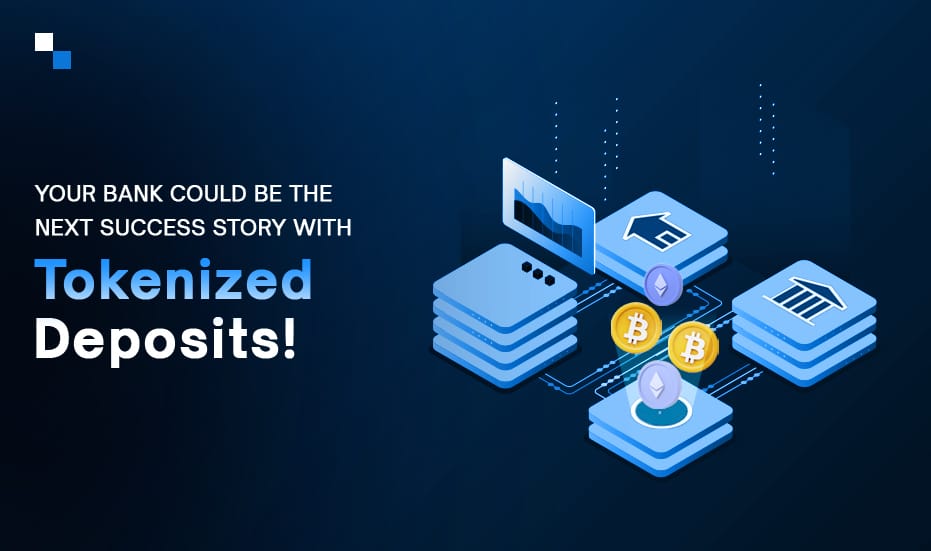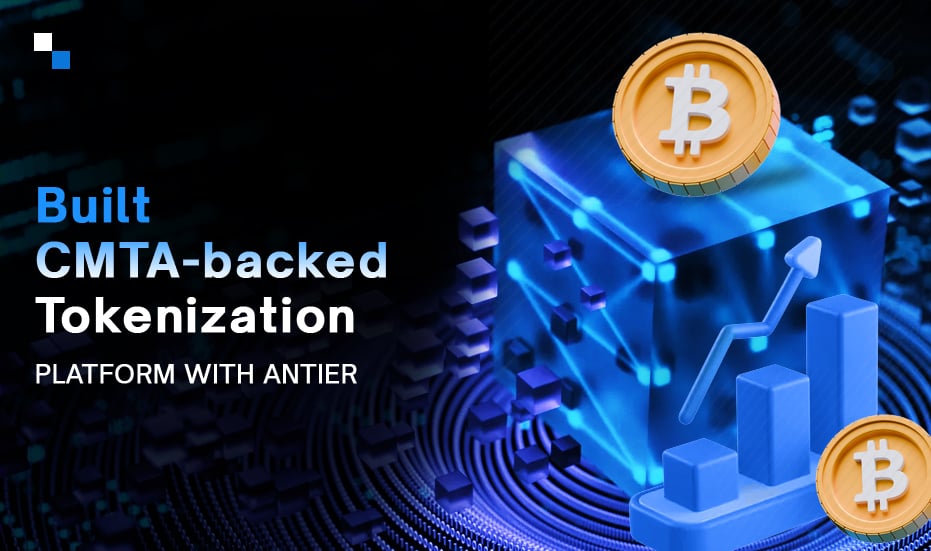
Top 10 Highest Paying Play to Earn Web 3.0 Games in 2025
October 11, 2024
Metaverse Development For Taking Your Real Estate Project Beyond Borders
October 14, 2024The evolution of the internet into its next iteration, often referred to as Web3, has introduced innovative ways to manage, trade, and interact with digital assets. Central to this change is tokenization: the process of converting rights to an asset into a digital token on a blockchain. In this blog, we will explore the infrastructure of web3 tokenization and its practical applications as well as what it means for industries.
What Is Tokenization?
Tokenization, in simpler words, is essentially a digital form of an asset. It can be physical, such as real estate or art; it can also be digital, such as cryptocurrencies or collectibles. Each token represents ownership rights or rights tied to them which can simplify transactions, increase liquidity, and increase security.
Critical Components of Web3 Infrastructure for Tokenization
Let’s explore infrastructure of tokenization in Web3 and its various components:
1. Blockchain Technology
Decentralization: Ultimately, tokenization is rooted in blockchain technology. In this regard, clarity and security are the leading motives of a decentralized ledger. A token cannot be edited once a token is initiated and a transaction is submitted. That cements an honored record of ownership.
Smart Contracts: They are self-executing contracts whose terms are written directly in code. It means complex agreements involving tokenized assets are now automated and made possible without the need for middlemen, and while it makes things faster, it also saves you money.
2. Token Standards
ERC-20 and ERC-721: There are various token standards for Ethereum. ERC-20 tokens are fungible, which means one is the same as another. Perfect for cryptocurrencies, on the other hand, ERC-721 tokens are non-fungible; they represent unique items, like a lot of digital art.
ERC-3643 and ERC-1404: These standards incorporate making sure the issuance of tokens will be compliant with the rules of the regulations, therefore smoothly and within the law.
ERC-1155: This one’s cool because it maintains features from both sides of ERC-20 and ERC-721. That is, it allows for the creation of all types of tokens in one contract-it particularly applies well to gaming.
3. DeFi Platforms
Liquidity Pools: DeFi platforms represent where tokenized assets can be traded in decentralized pools, which make it easier for people to buy and sell.
Yield Farming and Staking: With the tokenization of assets comes the possibility of staking or yield farming and earning passive income in tokenization web3. This is a convincing enough reason for users to maintain assets, and from there, a practical financial system gets created out of tokenization.
4. Interoperability Protocols
Cross-Chain Solutions: For network effects to really ignite, it must be possible to allow blockchains with different underlying platforms to work together. Protocols like Polkadot, through which, in turn, runs Cosmos, make it possible for taking assets across networks with minimal friction.
Atomic Swaps: It enables the direct exchange of cryptocurrencies without any central exchange. This helps increase liquidity.
5. Identity and Reputation Systems
Self-Sovereign Identity (SSI): Here, users in Web3 manage their digital identities on their own. It is crucial in proving ownership in tokenization. SSI systems use the notion of cryptographic proofs so that users can make claims about their identities in isolation.
Reputation Protocols: These determine the level of trustworthiness of users given past interactions and also mitigate fraud during transactions involving tokenized assets.
6. Decentralized Storage Solutions
IPFS and Filecoin: Storage as such is very elementary to tokenized assets. IPFS offers a decentralized means of storing files, while Filecoin incentivizes users to provide storage space, hence ensuring pertinent asset data is secure and accessible.

Applications of Tokenization Across Industries
There are various applications of tokenization across several industries. Some of them are listed below:
1. Real Estate
Tokenizing real estate also allows for fractional ownership, thereby expanding the potential of owning property to more people. Tokenized Fractional Ownership further implies that there might be higher liquidity and smoother buying and selling.
Example: Real Estate Investment Platforms
Platforms like Real Estate Investment Trusts (REITs) are beginning to tokenize properties. For instance, SolidBlock has successfully tokenized the St. Regis Aspen Resort, allowing investors to buy fractional shares in the property. This model not only democratizes access to real estate investments but also simplifies the buying and selling process, as tokens can be traded on various exchanges.
2. Art and Collectibles
NFTs enabled the tokenization of art pieces. That means at least transparent ownership and that, of course, artists get royalties from successive sales.
Example: Beeple’s Digital Artwork
In March 2021, digital artist Beeple sold an NFT of his artwork for a staggering $69 million at Christie’s auction house. This sale highlighted how tokenization offers artists a new revenue stream and ensures they receive royalties on subsequent sales. Platforms like SuperRare and Foundation further enable artists to tokenize their work, allowing collectors to buy, sell, and trade digital art securely.
3. Finance
Tokenization can settle stocks and bonds almost instantly in finance, and to remove even more intermediaries is to reduce costs by cost-cutting efficiency.
Example: Tokenized Securities
tZERO, a subsidiary of Overstock.com, is pioneering the use of blockchain for tokenized securities. By enabling the trading of tokenized stocks, tZERO facilitates faster settlement times and enhances transparency in transactions. This model not only increases liquidity but also lowers the costs associated with traditional stock trading.
4. Supply Chain Management
Tokenization in the supply chain has a multiplier effect on increasing the level of transparency as well as traceability in how authenticity in goods can be proven to eliminate fraudulent practices. Through such means, consumers can be assured of the origin of their products.
Example: VeChain
VeChain uses blockchain technology to enhance supply chain management by tokenizing products. For instance, when luxury goods are manufactured, each item can be assigned a unique token that tracks its journey through the supply chain. Consumers can scan QR codes on products to verify their authenticity and trace their origins, thus ensuring that what they buy is genuine.
5. Gaming
In the world of gaming, tokenization allows gamers to purchase virtual assets and sell them on the secondary market. With that said, this offers real-world value to virtual items.
Example: Axie Infinity
Axie Infinity is a blockchain-based game where players can purchase, breed, and battle digital creatures called Axies, each represented as a token. Players can trade these Axies on secondary markets, often for substantial sums. This model has created a thriving ecosystem where gamers can earn real money through gameplay, merging the gaming and financial worlds.
Future Outlook: The Future of Tokenization in Web3
As Web3 gathers speed, the infrastructure around tokenization will grow more sophisticated. Improved blockchain technology, more definite regulations, and awareness of the benefits of tokenization will fuel adoption in different sectors.
Better Interoperability: The future development will most probably go towards the better working of multiple blockchains, ensuring fluid transfers of assets across blockchains.
Integration with AI and IoT: The combination of tokenization with AI and the Internet of Things will mean the development of some of the most revolutionary applications. Among them are automatic asset management.
Tokenization in Traditional Industries: Many organizations will come to understand the benefits of tokenization. As a result, blockchain technology will become more integrated into traditional sectors.
New Financial Models: Tokenization, in turn, can lead to new models and types of financial products, such as decentralized autonomous organizations (DAOs) and community-driven investment funds.
Conclusion
In fact, tokenization in Web3 transforms the context in which we interact with assets, value, and ownership. Decentralized technologies improve liquidity and access to be more democratizing and empowering of individuals as we navigate these changes for individuals, businesses, and investors. Want to venture into tokenization in Web3? Get in touch!



